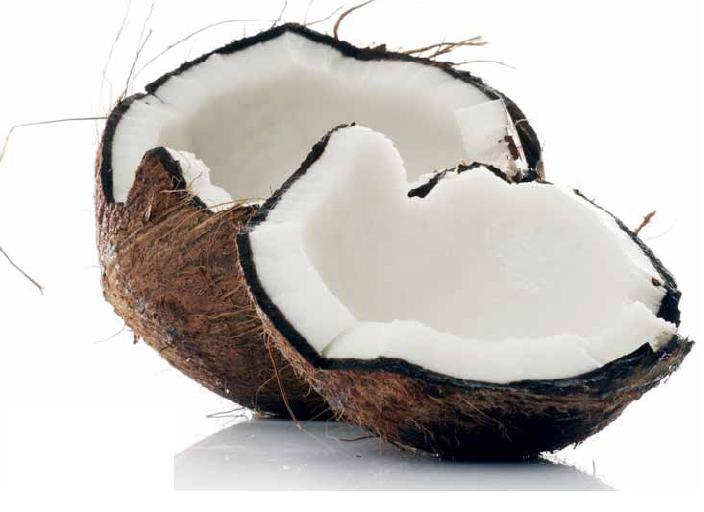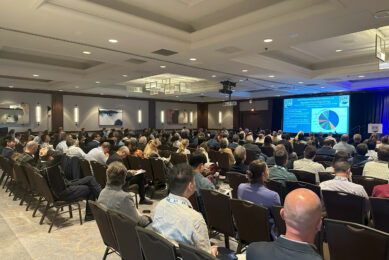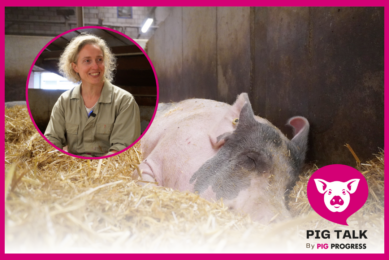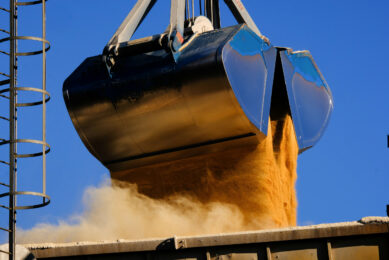Fatty acids help deter growth of harmful bacteria in piglets

One of the main causes of health problems and one of the reasons for using therapeutic antibiotics in rearing piglets is the occurrence of the pathogenic gram-positive bacterium Streptococcus suis. A special organic acid mix might help with containing the problem.
To tackle the problem of Streptococcus suis in piglets more research is needed such as determining the way this bacterium is spread within a herd and developing adapted feeding concepts. Different researchers found that S. suis plays an important role in the intestines where it can pass through the intestinal wall (translocation towards mesenteric lymph nodes). This means that S. suis does not only enter the blood through exterior wounds or tonsils finally leading to meningitis.
A few days after weaning, S. suis can be found at high levels in the stomach and intestines. This offers opportunities to tackle the problems through special new feeding concepts.
Denkavit, specialist in feeding young animals and Kemira, dedicated to organic acids, cooperated in the development of a mix of short chain fatty acids (SCFA, Denkacid), calcium salts in combination with extra lipophilic compounds such as medium chain fatty acids (MCFA) enriched with lauric acid (C12:0), with the commercial name Denkacid XL. The SCFA consist of formic acid, acetic acid, propionic acid and citric acid. With the MCFA-mix Kemira already found good effects against another gram-positive bacterium, Clostridium perfringens in broilers (AllAboutFeed 1.6, pp 27-29).
In vitro model
Together with a Scandinavian laboratory, an in vitro model was developed simulating as much as possible the stomach and small intestines of piglets. In this model several products were tested including Denkacid and Denkacid XL. All test products were initially treated by pepsin-HCL (pH 3-4) for 1 hour and by bile acids+pancreatin+NaOH (pH 6.8-7.2) for 3 hours at 37°C prior to introducing them in the simulation vessels. The growth medium for the simulation model consisted of the pooled distal ileal digesta from 5 piglets.
A buffer solution (pH 6.5) was added, the growth medium was maintained anaerobic and the test products were added. Finally, fresh ileal digesta of two piglets was spiked with live E. coli and S. suis bacteria and added into the simulation vessels. Each test product was applied at four dosages and with five replicates. After incubation for 10 hours the vessels were sampled for analysis. Figures 1 and 2 show the results of the bacteria analysis.
Figure 1 shows that both Denkacid and Denkacid XL have a strong dose-dependent growth inhibition on E. coli. Moreover, (data not shown) E. coli as percentage of the total bacteria flora was reduced significantly (p<0.001) from approximately 9% in the negative control group to less than 1% at the highest dosages. The inhibitory effect on E. coli was slightly stronger with Denkacid than with Denkacid XL, which can be explained by the diluting effect on the SCFA by the added lipophilic compounds to the XL-formula.Figure 2 shows that both acid products have an effect on S. suis at higher dosages. However, Denkacid XL showed an utmost significant (p<0.0001) reduction of S. suis at lower dosages.
Conclusion
With this in vitro simulation study of the piglets’ gastro-intestinal tract it is shown, probably for the first time, that problems with S. suis can be tackled through a judicious use of feed additives. A product based on organic acids and their salts in combination with specific fatty acids enriched in C12:0 can significantly inhibit the growth of S. suis. The fact that both pathogenic bacteria E. coli and S. suis could be suppressed offers great opportunities to raise piglets with fewer health problems and to reduce the amount of antibiotics used in pig production.











